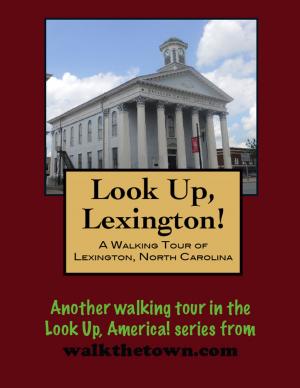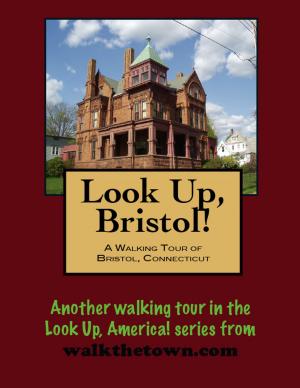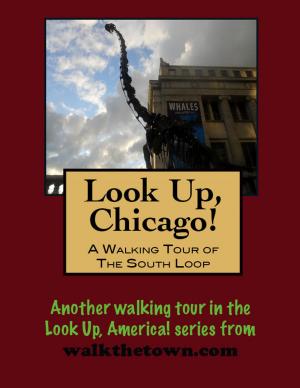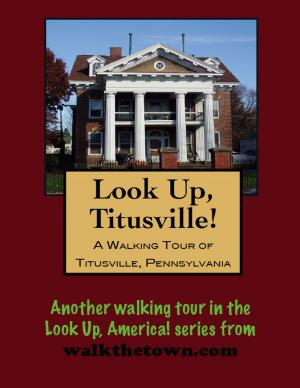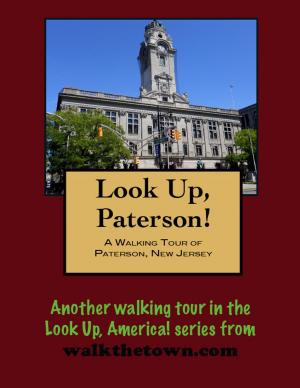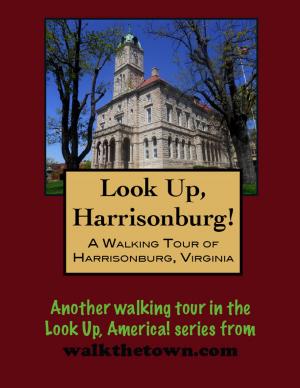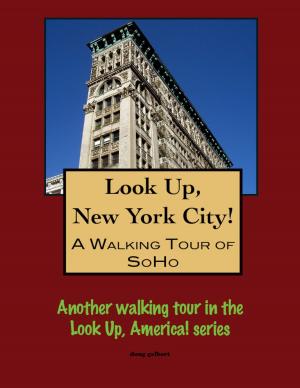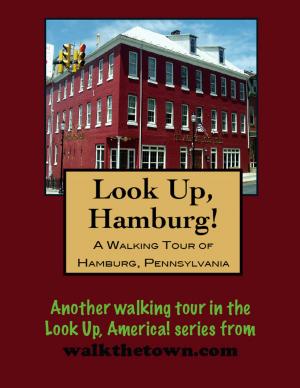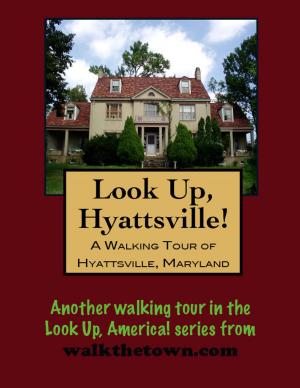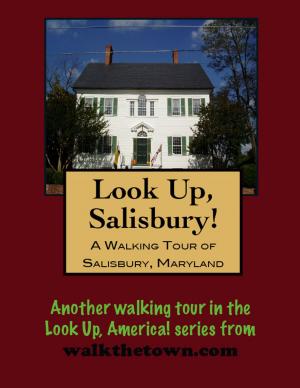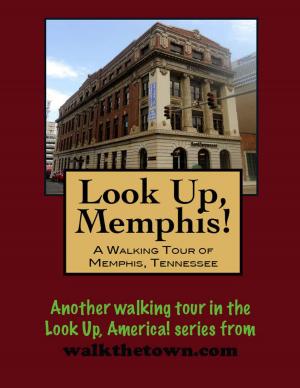| Author: | Doug Gelbert | ISBN: | 9781458071224 |
| Publisher: | Doug Gelbert | Publication: | March 5, 2011 |
| Imprint: | Smashwords Edition | Language: | English |
| Author: | Doug Gelbert |
| ISBN: | 9781458071224 |
| Publisher: | Doug Gelbert |
| Publication: | March 5, 2011 |
| Imprint: | Smashwords Edition |
| Language: | English |
There is no better way to see America than on foot. And there is no better way to appreciate what you are looking at than with a walking tour. This walking tour of Seneca, South Carolina is ready to explore when you are. Each walking tour describes historical, architectural landmarks, cultural sites and ecclesiastic touchstones and provides step-by-step directions.
Every tour also includes a quick primer on identifying architectural styles seen on American streets.
In 1870, Seneca was a wilderness penetrated only by a strip of iron rails along the Blue Ridge Railroad Line. A few years later the Richmond Air Line Railroad crossed the Blue Ridge and this obscure railroad junction became a transfer point for freight shipped to and received from every section of the country. It was a natural townsite and in 1873 the first auction was held for building lots. The new town was named for Sinica for an old town of the Cherokee nation and it was destined to become the largest in Oconee County, that had been formed in 1868.
When the town celebrated its Centennial in 1973, preservationists mobilized to list the Seneca Historic District on the National Register of Historic Places. Located south of the railroad tracks in Seneca the residential district consists of a number of homes and three churches that were built in the late nineteenth and early twentieth centuries. The houses have architectural styles that were popular in the period.
But before we explore the Historic District our walking tour will begin on the north side of the tracks, in the commercial district along a colorful block that not so long ago was a ghost town of dilapidated structures that has been reinvigorated...
There is no better way to see America than on foot. And there is no better way to appreciate what you are looking at than with a walking tour. This walking tour of Seneca, South Carolina is ready to explore when you are. Each walking tour describes historical, architectural landmarks, cultural sites and ecclesiastic touchstones and provides step-by-step directions.
Every tour also includes a quick primer on identifying architectural styles seen on American streets.
In 1870, Seneca was a wilderness penetrated only by a strip of iron rails along the Blue Ridge Railroad Line. A few years later the Richmond Air Line Railroad crossed the Blue Ridge and this obscure railroad junction became a transfer point for freight shipped to and received from every section of the country. It was a natural townsite and in 1873 the first auction was held for building lots. The new town was named for Sinica for an old town of the Cherokee nation and it was destined to become the largest in Oconee County, that had been formed in 1868.
When the town celebrated its Centennial in 1973, preservationists mobilized to list the Seneca Historic District on the National Register of Historic Places. Located south of the railroad tracks in Seneca the residential district consists of a number of homes and three churches that were built in the late nineteenth and early twentieth centuries. The houses have architectural styles that were popular in the period.
But before we explore the Historic District our walking tour will begin on the north side of the tracks, in the commercial district along a colorful block that not so long ago was a ghost town of dilapidated structures that has been reinvigorated...


